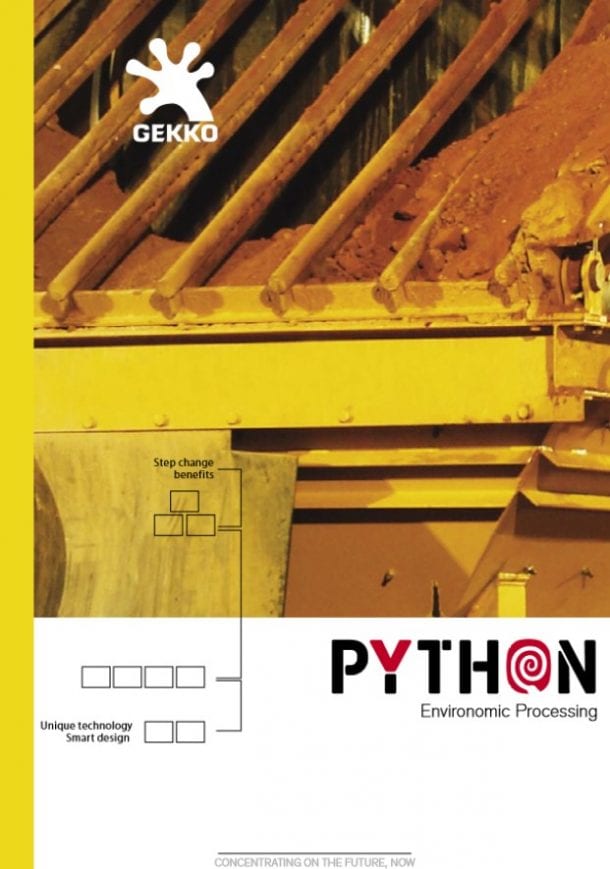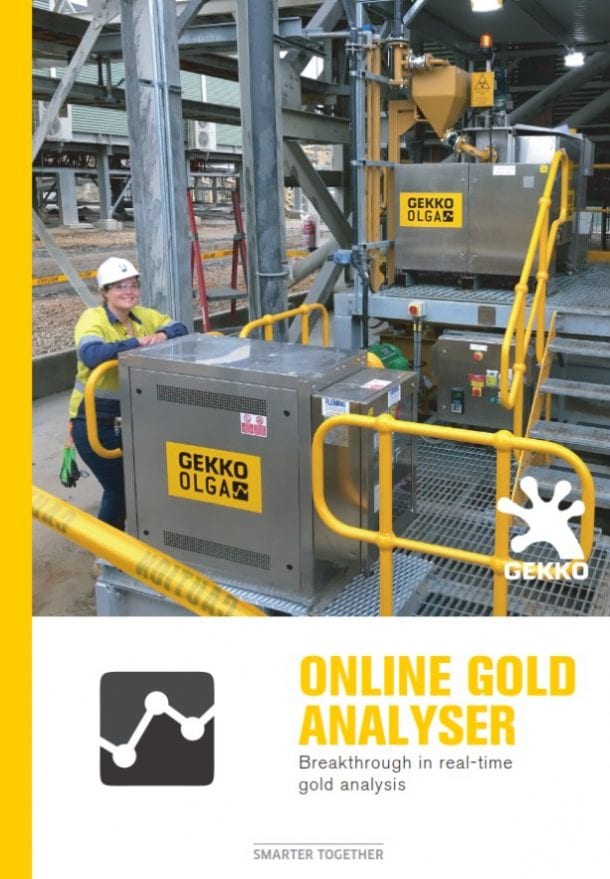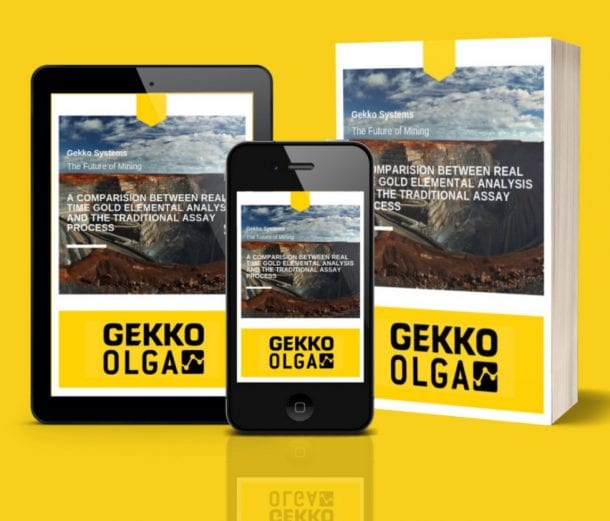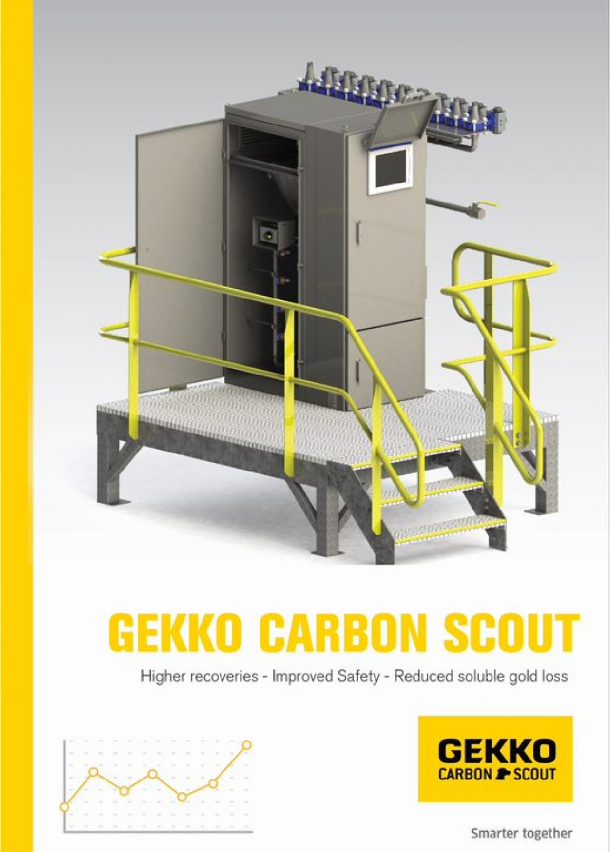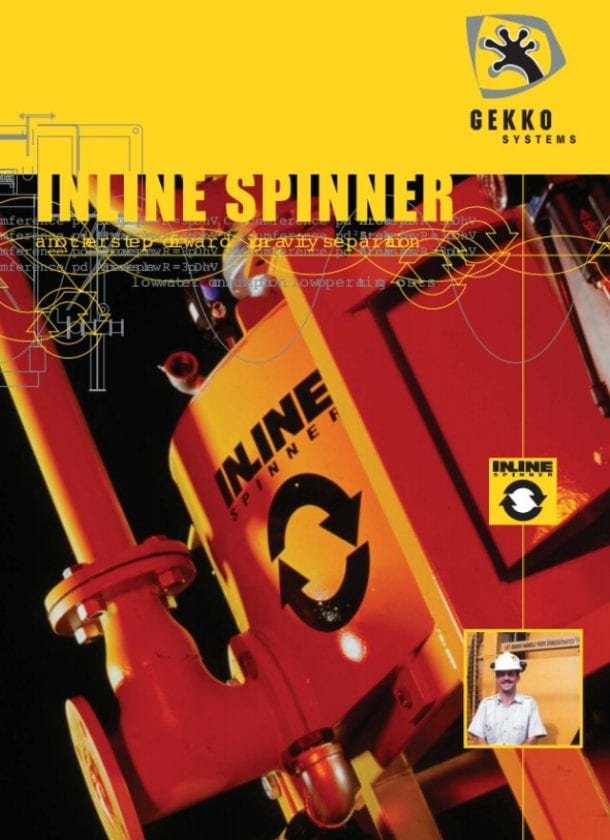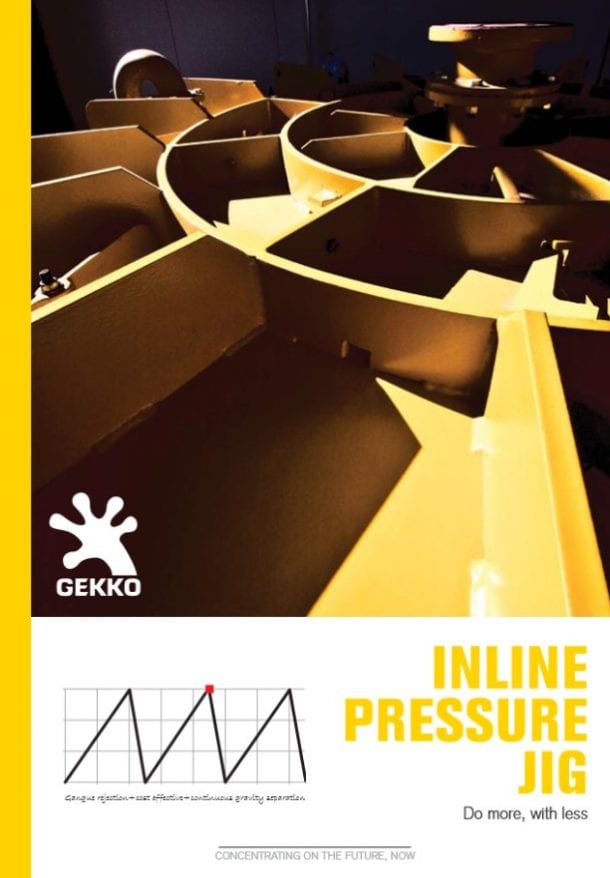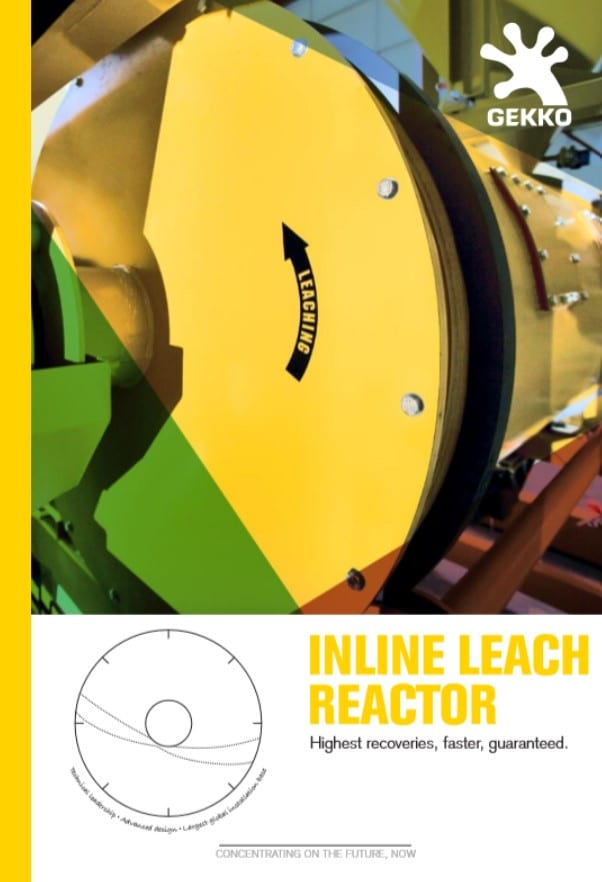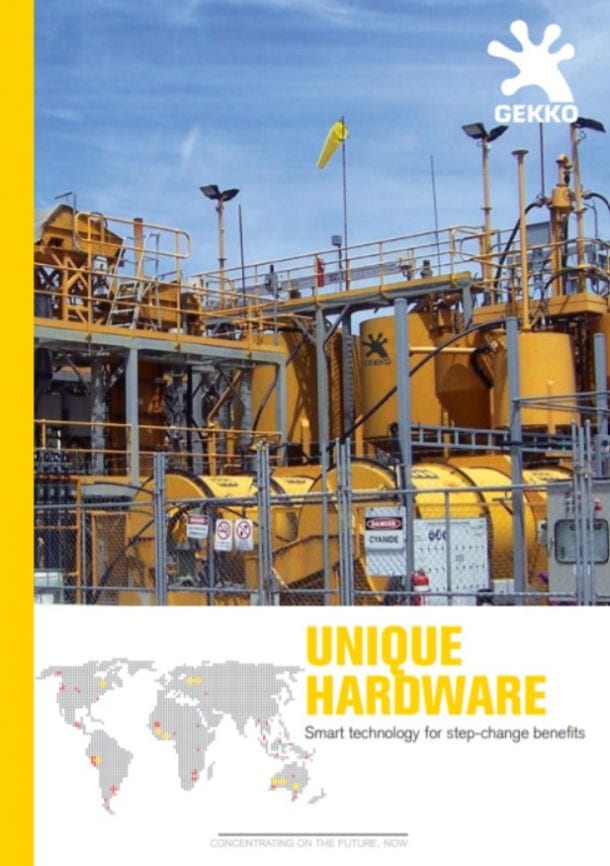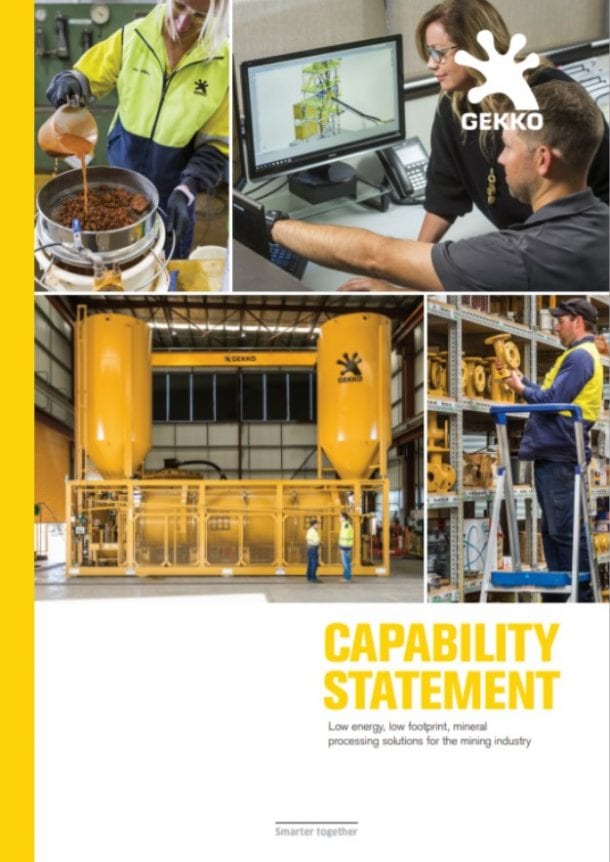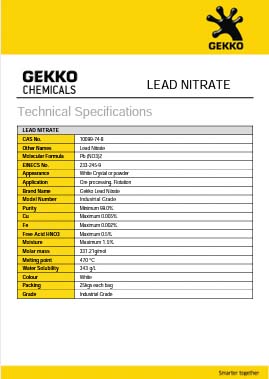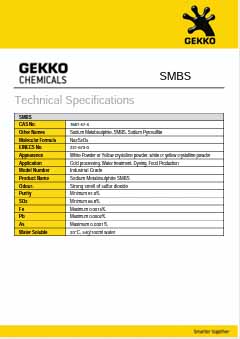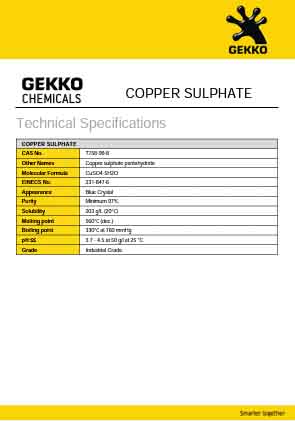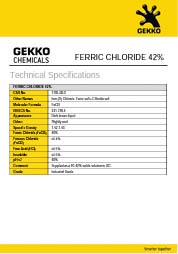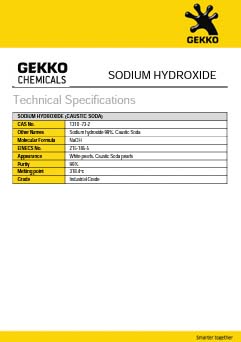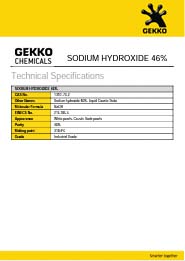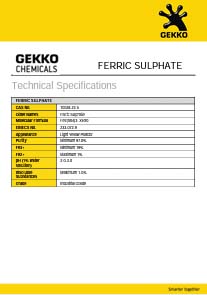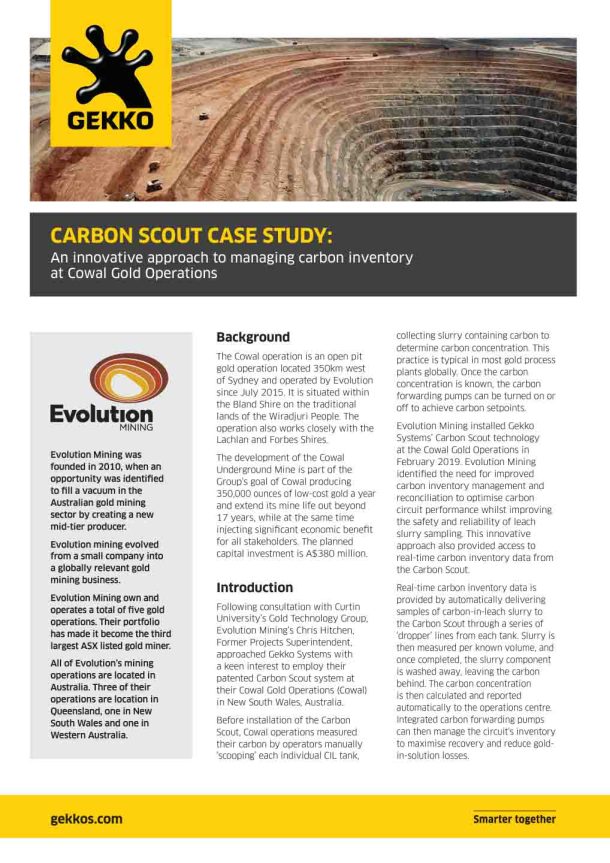IPJ-CS
Coal Separation
A new technology for coal operations seeking economic and environmental benefits.
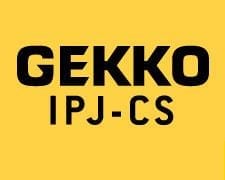
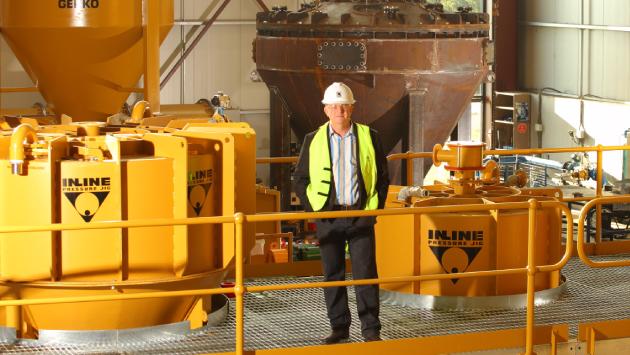
Incorporating Gekko IPJ Technology
The innovative IPJ-Coal Separator (IPJ-CS), adapted from the highly successful IPJ, offers powerful and efficient extraction of coal using gravity separation. The IPJ-CS removes heavy gangue and ash from lightweight coal material, with less impact on the environment compared to conventional coal plants.
Thoroughly tested on a range of Australian coals, the low footprint IPJ-CS enhances profits for mining operations by increasing saleable coal quality and quantity. Plus, the IPJ-CS improves waste recoveries, reduces energy and transport costs, and streamlines coal processing.
Although Gekko’s renowned IPJ technology has numerous metalliferous applications, the IPJ-CS is a relatively new technology for the coal industry. Its compact, fully encapsulated and pressurised design delivers a low cost, continuous extraction process that requires minimal infrastructure or logistical support. The IPJ-CS benefits include low capital and operating costs, and low power and water requirements.
Efficient coal extraction
Compared to conventional coal processing plants, the modular IPJ-CS is a low cost, high throughput alternative. It can process a broad range of particle sizes, ideally from 0.0075 to 30 mm with no upper limit.
In fact, the IPJ-CS can extract particles sizes conventionally processed by dense medium cyclones, teetered bed separators, spirals and reflux classifiers due to its adjustable and controllable jigging action. Furthermore, efficient destoning of raw coal feeds by the IPJ-CS will substantially improve product quality.
Improved waste reduction
The IPJ-CS performs an important role in waste recovery. It can extract coarse particles previously rejected into coalmine waste dumps and tailings dams, as well as scavenge misplaced coal in flotation units.
Because the IPJ-CS does not require additional elements (e.g. magnetite) to scavenge coal, and uses minimal water, the environmental benefits are great; for example, tailings dam volumes are minimised. Plus, the need for subsequent processing resources, such as dense medium cyclones and magnetite recovery circuits, is removed.
Technical support for coal
Gekko recommend complete laboratory testwork on coal deposits to determine the ore’s properties, including material density and moisture content. This information is critical for designing an optimal recovery flowsheet for coal using the IPJ-CS. The aim will be a coal processing circuit with low operating and capital costs, and safe environmental outcomes.
Based on the IPJ system of gravity separation, mechanics and fluid dynamics, the IPJ-CS operates by moving a bed of ragging particles up and down in a reciprocating manner, on a circular mesh base plate through a column of water. Coal ore slurry is continuously fed, from the centre of the IPJ-CS, onto the vertically pulsed screen.
Encapsulated and pressurised
Because the IPJ-CS is fully encapsulated it can be completely filled with slurry, requires less water and can be pressurised. This ‘inline’ characteristic maximises throughput volumes and speeds up processing. Pressurisation also slows the velocity of the slurry and removes the water’s surface tension. This encourages the slurry to recirculate within the IPJ-CS and improves finer particle size recoveries.
To prevent unacceptably high pressures building up within the unit, an appropriately rated pressure relief device is an important safety component of the IPJ-CS.
High recovery separation
Separation is based on relative density as well as particle size and shape. When combined with the jig’s pulsing action, the dense unwanted particles in the slurry to drop through the screen to a concentrate hutch – to be discarded under pressure. At the same time, the lighter coal moves to the outer edge of the unit, over a tailboard to an outer cone for collection, also under pressure.
Adapted to handle a diverse range of coal moisture contents, the IPJ-CS has proven separating efficiency, due to the circular design of the device. At the higher diameter, 1000mm unit, the throughput is higher and the feed particles reside in the separating zone for a longer time, which enhances coal extraction.
Compared to conventional coal plants, the IPJ-CS reduces the quantity of high ash material in ‘run-of-mine’ coal, which saves on transport costs. Subsequently, because the coal feed is of a higher grade, the plant throughput is increased.
Like the IPJ, the IPJ-CS’s advanced control system can be custom-tuned to the changing ore and plant requirements for ongoing high-quality coal recoveries.
Low Water Use
![]()
The IPJ-CS consumes less water than conventional coal plants and performs using hutch water with no water quality constraints.
Flexible/Flexibility
![]()
The IPJ-CS has flexible operating controls that allow it to be adapted to suit specific coal processing needs and to minimise ash in the recovered product.
Lower Power Consumption
![]()
The IPJ-CS’s processes coal in a wide feed particle size of 0.075 to 60mm, which increases throughput capacity and lowers overall energy costs.
Compact/Easily Transportable
![]()
The IPJ-CS is compact, has a low operational footprint and fits into shipping containers for worldwide transport.
Innovation
![]()
The IPJ-CS’s innovative design, low environmental impact, low infrastructure requirements and high capacity ensure maximum returns.
Accelerated Cash Flow
![]()
The IPJ-CS is rapid to construct and install, and operates at a low US$0.05 per tonne with efficient coal recoveries.
